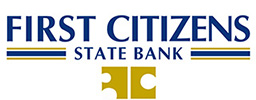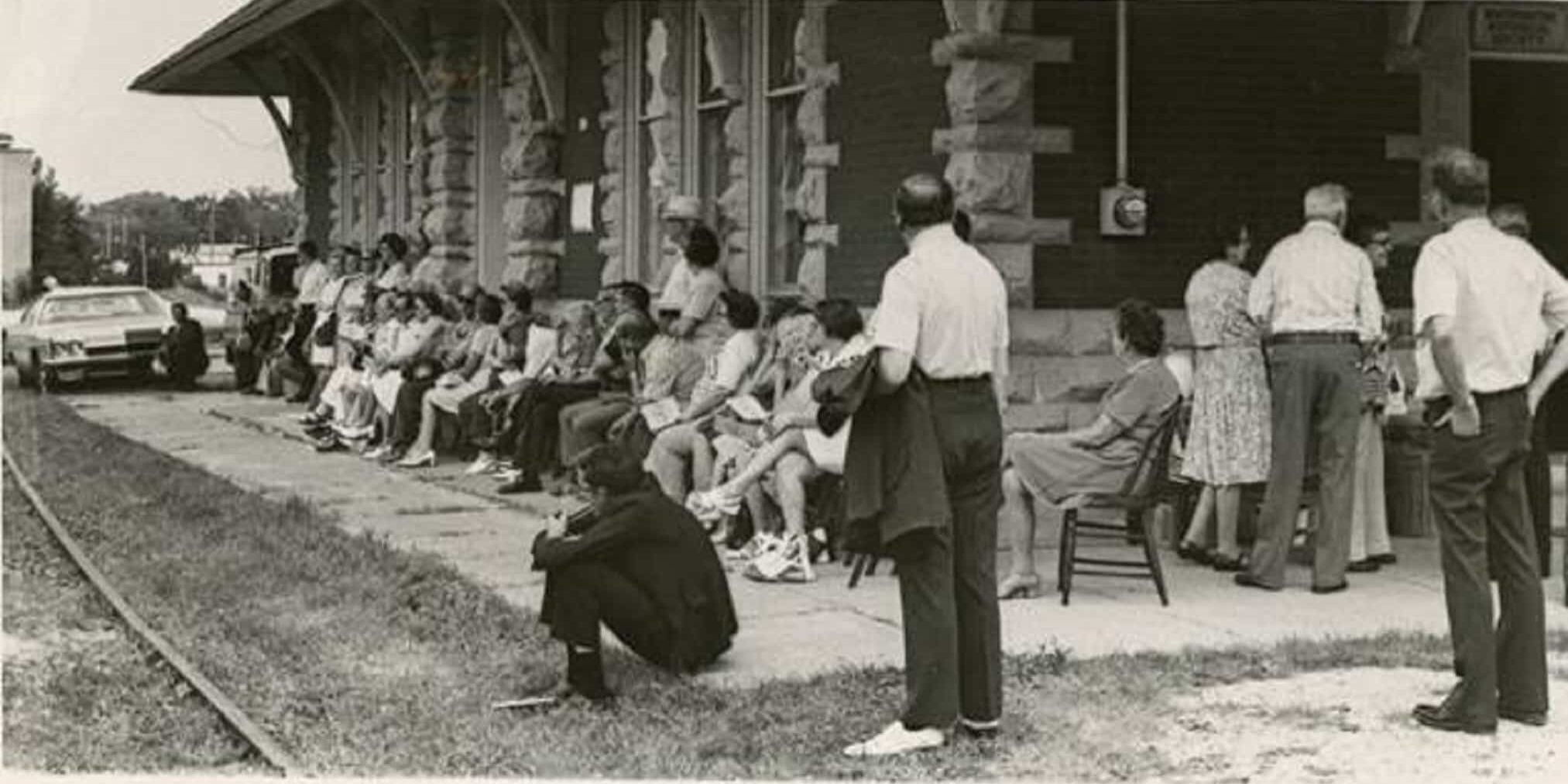By Al Stanek
Whitewater Banner volunteer staff
whitewaterbanner@gmail.com
Referendum Q&A Sessions set for Saturday, October 8 and Tuesday, October 11
The first official estimates of the financial impact to taxpayers of the results of a November 8 Fire and Emergency Medical Services (EMS) referendum were presented to Whitewater Common Council members this week.
The council is reviewing two different 2023 budget options based on the referendum’s outcome. The final option chosen is scheduled for adoption on November 15. Two public Question and Answer sessions (see additional story), along with City Finance Committee and Common Council meetings are scheduled before the November 15 Public Hearing.
One of the 2023 budget alternatives assumes that the citywide EMS referendum fails and the other assumes that it will be approved. Both options are now projected to have a more favorable financial impact than originally thought for most homeowners, including the example of a typical home assessed in the $200,000 range. Because some Whitewater residents live in Walworth County and others in Jefferson County the projected impact varies slightly between counties according to City Finance Director Steve Hatton.
To make the referendum impact more understandable Hatton used an example of a roughly average value Whitewater home in Walworth County. The property tax for that home last year was determined by a cost-per-thousand calculation, or mill rate, multiplied times an assessed value of $200,000 (200 × mill rate).
The mill rate changes each year based on the total of the city, county, school district, and technical college budgets and any changes in the total assessed value of all city property. The total assessed valuation of all city property for next year went up significantly because so many property assessments went up and millions of dollars of property in the Business Park and Prairie Village were added back to the tax rolls after a Tax Incremental Tax District (TID) closure. While a TID is open the property tax generated in the district is used for infrastructure improvements and development incentives and TID property tax revenue only counts toward the total city assessed value total when closed.
Hatton’s example property’s assessed value went up by the citywide average of 7.8% resulting in assessed value of nearly $216,000 for next year. Because the mill rate for next year is going down, even with the proposed cost of improved EMS service, the owner of the example Walworth County Whitewater home will see their bill tax reduced next year by $91 under the scenario of the referendum passing. Estimates for a Whitewater home in Jefferson will not be identical, but there would still be a reduction.
Your overall property tax contribution includes distribution of tax revenue to not only the city but also to the county, the school district and a local technical college. Last year’s tax bill included 29% of its revenue for city purposes, 16% for the county, 4% for the technical college and 51% for the school district. The school district is also asking for approval of a referendum to continue an operational cost levy limit exception that was approved four years ago. Proponents of that referendum have pointed out that an increase in state per-student funding along with the significant increase in total property valuation will result in a total property tax decrease even if their referendum passes.
The November 8 city EMS referendum states that under state law the amount of property tax levied on City of Whitewater property owners can only go up by a maximum of 7.673% over last year and the annual $1.1 million increased cost for the city taking on a municipal fire and EMS department to replace the 151-year-old volunteer paid on-call fire department operation exceeds that allowed percentage. It asks for a vote confirming support of a $1.1 million tax increase levy over the future year percentage increases dictated by the state.
The $1.1 million annual estimated cost of full-time on-site professional EMS workers and estimated future equipment replacement costs is in reaction to a 17% increase in EMS calls and a nearly similar decrease in the number of available paid on-call volunteers during the last four years. That has resulted in increased response call times according to a City of Whitewater information piece. That piece points out that before a recently introduced on-premises EMT staffing improvement 41% of EMS calls took more than five minutes just for on-call EMTs to get to the fire station and leave. In many cases the shortage of volunteers resulted in neighboring fire departments being called on to respond to the Whitewater call, further delaying the actual response to an emergency call.
The estimated $1.1 million annual increased budget going forward if the City of Whitewater referendum passes assumes that several nearby communities that contract with Whitewater for Fire and EMS services will also be able to increase their contributions. It appears that none of those communities have determined if increased cost shares will require a referendum or if the community is supportive of scheduling a referendum. Some state legislators have argued for a change in the state’s property tax restrictions to allow for increasing public safety costs.
Editor’s note: This post was updated slightly on 10/8/22 at 6:10 a.m.





















